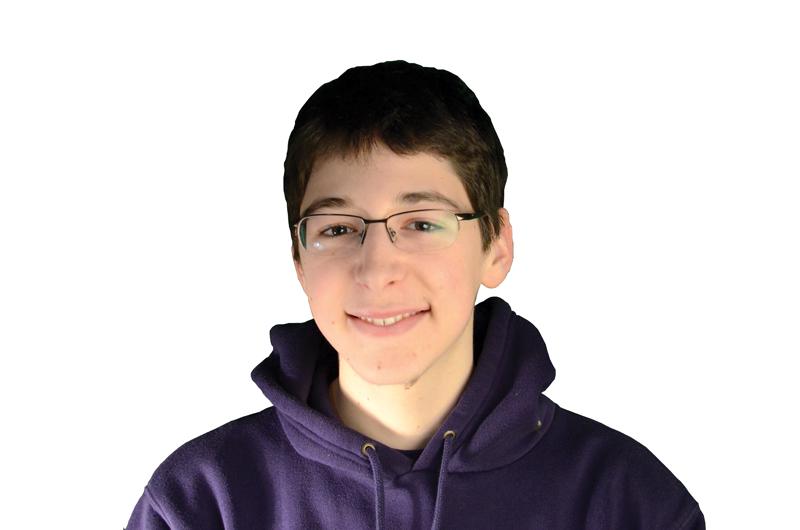Pinto: Drinking age of 21 unrealistic, ultimately dangerous
April 14, 2015
On a Saturday night, students in residence halls often worry about getting caught by their Resident Assistants for drinking in their rooms, “pregaming” the parties they’ll go to soon after. Over lunch, you might overhear a few friends discuss the possibility of ordering fake IDs from a sketchy website so they can get into bars and clubs in Evanston and Chicago. Nearly every quarter, we learn about another student hospitalized from drinking too much at a fraternity party, usually followed by an investigation and sanctions by the school administration.
Binge-drinking culture is quite prevalent on college campuses and it definitely leads to many problems. Scenarios like the ones above indicate some of the most common and visible problems on campuses, but there are surely many invisible effects of drinking, such as the possibility of long-term alcohol abuse by students, as well as the effect on the campus social structure and nightlife.
Colleges have a soft spot for alcohol. At least at Northwestern it appears to be so. Even before we came to NU, we were required to complete online alcohol education courses. If that wasn’t enough, once we came to campus for Wildcat Welcome, we were taken to seminars educating us about alcohol use even more.
All of this education seemed superfluous to me as an international student from Turkey, but once I got here I understood a bit better why it was necessary: There were so many people around me who had never drank before, people who had no idea how alcohol would influence them. Once they started drinking, they didn’t know when to stop.
With this in the picture, all the alcohol education I was subjected to before coming to school made sense. But then, there was another question — why are so many Americans my age drinking irresponsibly?
Eighteen-year-olds used to be trusted in their alcohol consumption decisions before the 1984 National Minimum Drinking Age Act, but the way alcohol is perceived by the general population has changed in the past 30 years. With alcohol banned for people under the age of 21, parents and schools regard alcohol in a different light — now it’s not only unhealthy but also illegal.
When I was given my first drink by my parents during a family gathering on a Sunday afternoon, instead of by a friend in his car in the middle of a Saturday night, I saw that alcohol was normal. Consumed responsibly, it was quite pleasant. In the United States, parents often do not offer such a safe space for their children to start drinking. Many college-aged students are first exposed to alcohol either through other friends or the media, where excessive drinking appears normal.
In addition, for underage people, alcohol is glorified due to its forbidden nature. Arguably, excessive consumption and getting drunk is a rite of passage in college culture. Today, research shows half of all college students binge drink. Every year, almost 600,000 students suffer from alcohol-related unintentional injuries. Of these students, about 1,800 die.
Today, Americans at the age of 18 are trusted to make the right decisions when it comes to getting married, electing officials and enlisting in the military. When it comes to alcohol, they’re not. Considering how most 18-to-21-year-old Americans decide to binge drink, this seems understandable.
However, we need to realize we can’t reduce binge drinking by forced alcohol education three weeks before students reach campus for Wildcat Welcome. To reduce binge drinking and the negative consequences of alcohol use, we have to change the broader context of alcohol in this country to a context suitable for younger people. Reducing the drinking age is the best way to go about doing so.
Yoni Pinto is a Weinberg sophomore. He can be reached at [email protected]. If you would like to respond publicly to this column, send a Letter to the Editor to [email protected].


